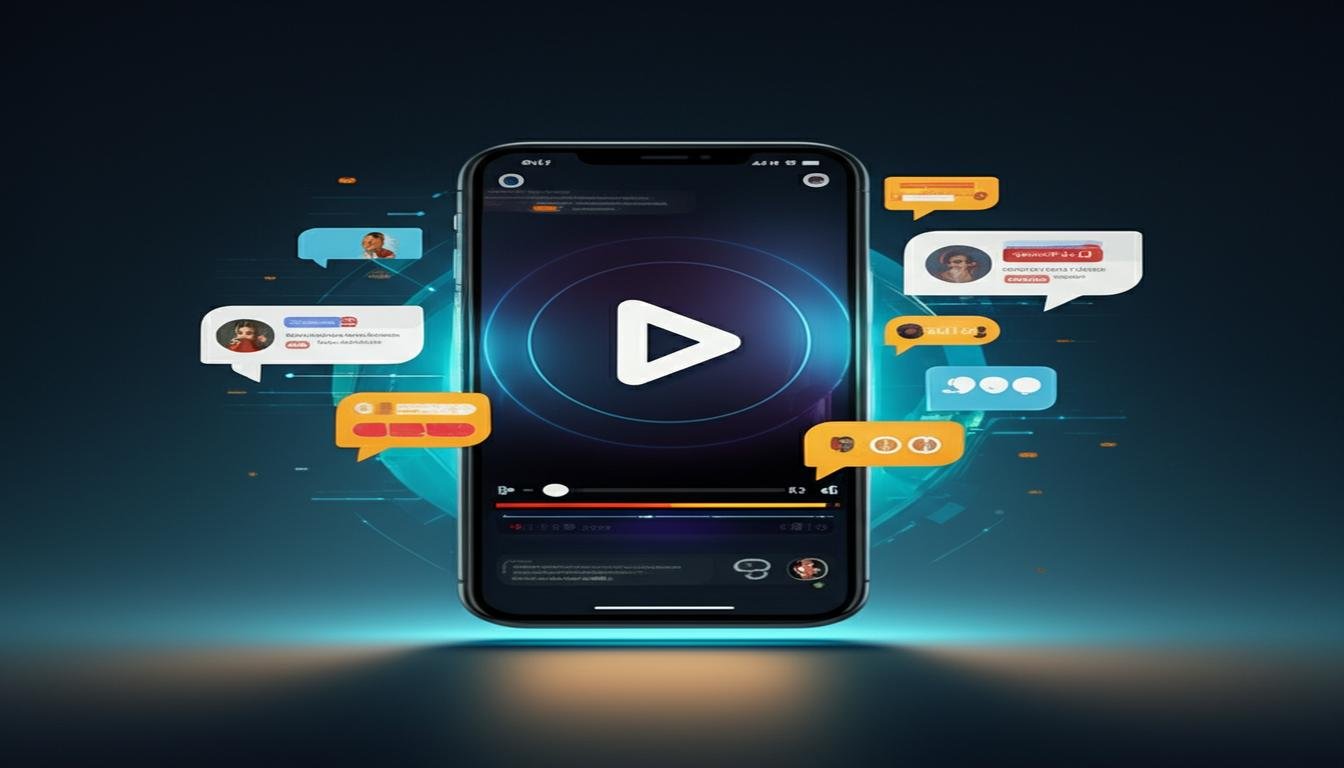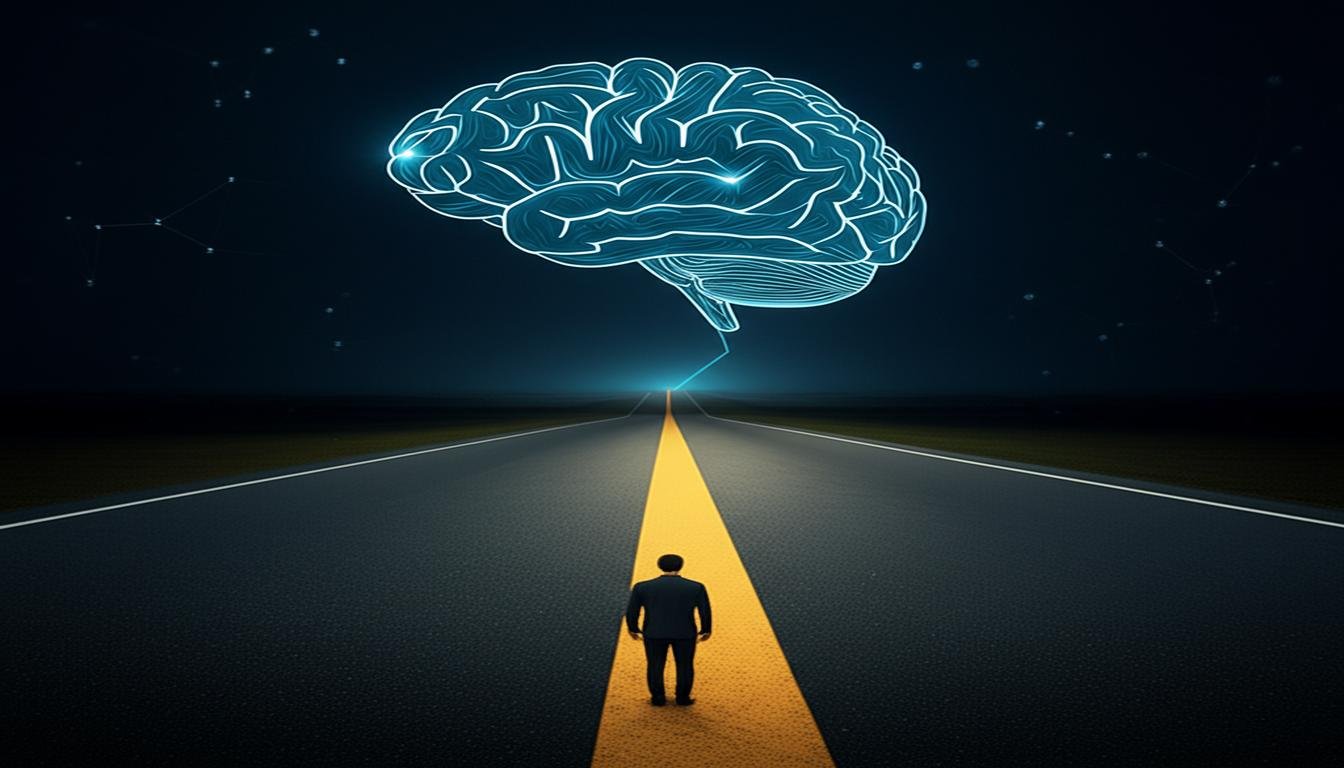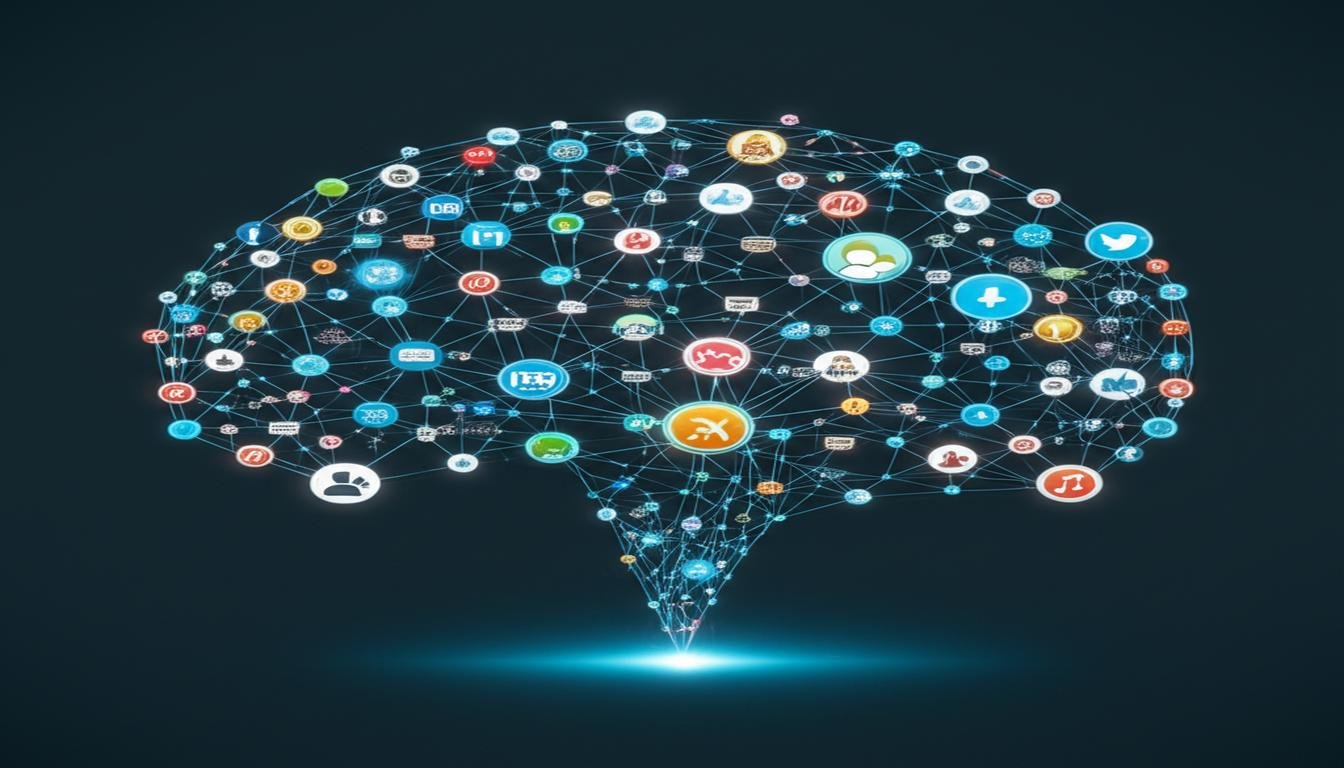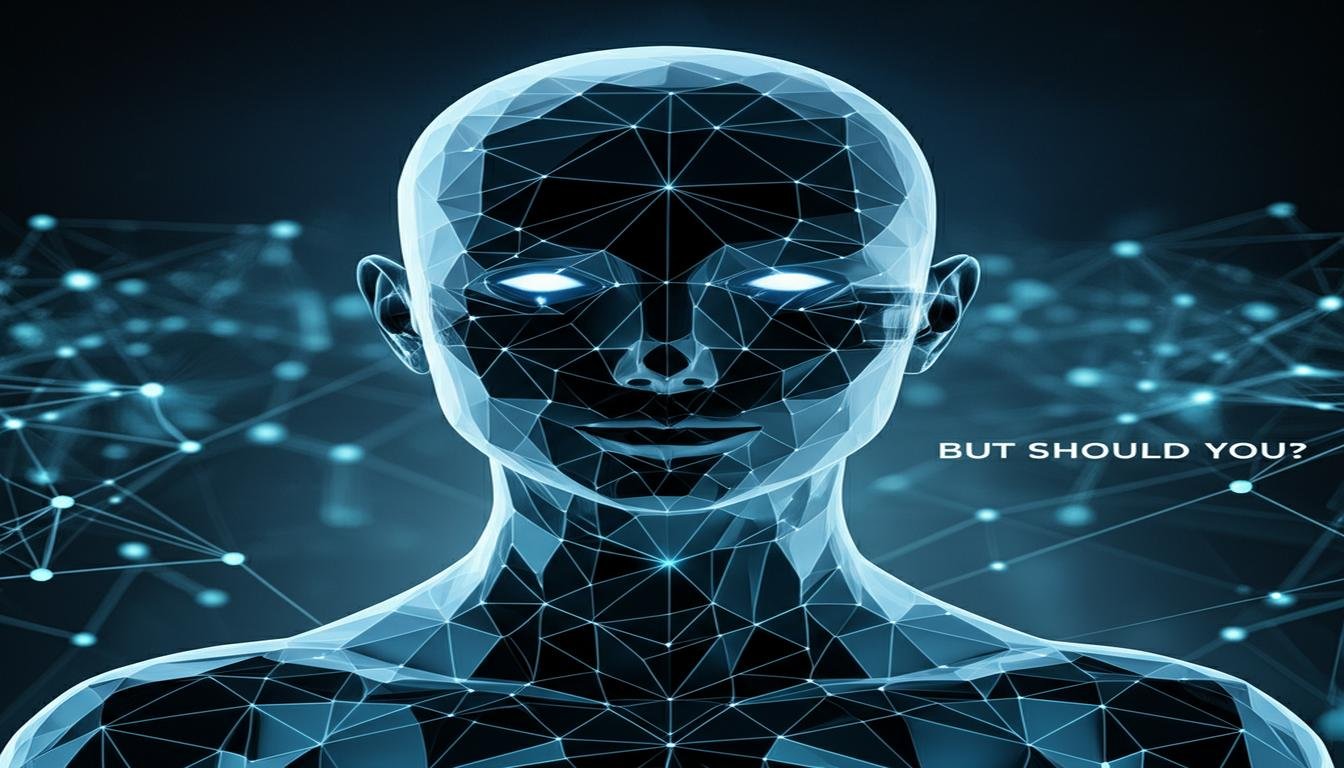Artificial intelligence, right? It’s everywhere, making our lives easier, smarter, and sometimes, just plain cooler. From recommending your next binge-watch to helping doctors diagnose illnesses, AI feels like magic. But what if that magic gets a little too powerful? What if it crosses a line, becoming so potent that you start wondering if it should even be allowed?
We’re talking about tools that could reshape society in unsettling ways, bend reality, or even undermine trust on a massive scale. It’s not about robots taking over the world, but rather software that, in the wrong hands, could cause some serious trouble. The ethical quandaries of AI-generated content are a prime example of this dilemma. Let’s dive into 10 AI tools that are so incredibly powerful, they make you wonder if they belong on a banned list.
1. Hyper-Realistic AI Image Generators
You’ve probably seen them – AI tools that can conjure up stunning, photorealistic images from a few simple text prompts. Want a cat wearing a spacesuit riding a skateboard on Mars? Done. But here’s the catch: they can also generate incredibly convincing images of people doing or saying things they never did. Think about it:
- The Power: Creating virtually any visual scenario, real or imagined, with alarming accuracy.
- Why It’s Dicey: Deepfakes and misinformation. Someone could create a fabricated image of a public figure or a private citizen in a compromising situation, spreading lies that are visually indistinguishable from reality. This can ruin reputations, influence elections, or incite panic. That’s not just a prank; it’s digital forgery.
2. Advanced AI Voice Cloning Platforms
Imagine hearing your best friend’s voice on the phone, but it’s not actually them. These AI tools can take a tiny audio sample of someone’s voice and perfectly mimic it, down to the intonation and accent. Seriously, it’s uncanny.
- The Power: Generating realistic speech in any voice, even singing, without the original speaker present.
- Why It’s Dicey: Identity theft, scams, and extortion. Scammers could call your grandparents using your voice to request urgent money transfers. Or imagine fake ransom demands. The ability to perfectly mimic someone’s voice opens up a whole new level of sophisticated fraud that’s incredibly hard to detect.
3. Hyper-Persuasive Large Language Models (LLMs)
We’re talking about AI like the big ones you hear about – capable of writing essays, code, marketing copy, and even poetry. If you’re looking to demystify Large Language Models (LLMs), you’ll find they are powerful. But beyond helpful tasks, these models can also be trained to be incredibly persuasive and manipulative.
- The Power: Crafting highly convincing narratives, arguments, and personalized messages at lightning speed.
- Why It’s Dicey: Mass misinformation campaigns and targeted propaganda. An LLM could generate millions of unique, highly believable fake news articles, social media posts, or phishing emails, each tailored to exploit specific psychological triggers. This could disrupt elections, spread dangerous ideologies, or facilitate widespread digital cons. It’s persuasion at an industrial scale, designed to deceive.
4. AI Video Creation Platforms
Just like image generators, but for video. These tools can create lifelike video footage of people, places, and events that never happened. Think of a news report, but the anchors, the scene, and the words are all generated by AI.
- The Power: Generating full-motion video from text or simple prompts, indistinguishable from real footage.
- Why It’s Dicey: Fabricating events and political manipulation. Imagine fake videos of political leaders making outrageous statements, or fabricated footage of protests turning violent. This could ignite social unrest, sway public opinion, or discredit individuals in ways that are impossible to prove false quickly enough.
5. Autonomous AI Code Writers
These aren’t just intelligent autocomplete for programmers. They can write complex, functional code from simple instructions, even suggesting security vulnerabilities or optimal solutions.
- The Power: Automating significant portions of software development, creating complex programs with minimal human input.
- Why It’s Dicey: Generating sophisticated malware and automating cyberattacks. A malicious actor could instruct an AI to write highly effective viruses, ransomware, or even zero-day exploits that could cripple critical infrastructure or steal massive amounts of data, all without needing deep coding knowledge themselves.
6. AI-Powered Facial Recognition Systems (Mass Scale)
While often used for unlocking phones or security at airports, when this technology is deployed on a mass scale and linked to vast databases, it gets unsettling. This highlights significant challenges around data privacy in the age of AI and the need for solutions.
- The Power: Instantly identifying individuals in real-time from camera feeds, even in large crowds, and tracking their movements.
- Why It’s Dicey: Widespread surveillance and erosion of privacy. A government or corporation could theoretically track everyone’s movements, who they meet, and what they do in public spaces, creating a chilling atmosphere where dissent is easily stifled and anonymity is nonexistent. It’s like being watched by an unseen eye, always.
7. AI Music & Art Generators (Without Ethical Guardrails)
AI can now compose original music in any genre or create stunning artworks that mimic human styles. It’s impressive, but raises big questions.
- The Power: Producing creative content that rivals human output in terms of complexity and aesthetic appeal.
- Why It’s Dicey: Copyright chaos and devaluing human creativity. If AI can endlessly generate music or art that sounds like a famous artist’s work, without compensation or credit, it undermines the livelihoods of human creators. It could lead to a world where original human expression is drowned out by an endless flood of AI-generated content, making it nearly impossible for artists to protect their work or make a living.
8. AI-Driven Predictive Policing & Surveillance
This is where AI analyzes huge datasets (crime statistics, social media, behavioral patterns) to predict where and when crimes are likely to occur, or who might commit them.
- The Power: Proactively identifying potential threats and optimizing resource deployment for law enforcement.
- Why It’s Dicey: Algorithmic bias and civil liberties concerns. If the data used to train the AI contains historical biases (e.g., disproportionate arrests in certain neighborhoods), the AI will perpetuate and even amplify those biases. It could lead to over-policing of innocent communities, false accusations, and a system where individuals are targeted based on predictions rather than actual actions, eroding fundamental rights.
9. AI for Cybersecurity (Offensive Use)
While AI is fantastic for defending against cyberattacks, the same powerful capabilities can be turned to offensive purposes. Think AI that actively searches for vulnerabilities.
- The Power: Rapidly identifying and exploiting software vulnerabilities, automating complex hacking techniques, and adapting to defenses in real-time.
- Why It’s Dicey: Automated hacking and large-scale digital warfare. An AI designed for offensive cyber operations could autonomously scan the entire internet for weaknesses, develop custom exploits, and launch coordinated attacks on critical infrastructure (power grids, financial systems) or government networks. This isn’t just a threat to individual privacy; it’s a national security nightmare.
10. Comprehensive AI Identity Forgers
This isn’t one tool, but the terrifying combination of several from this list. Imagine an AI system that can:
- Create realistic fake images of you.
- Clone your voice perfectly.
- Generate video of you saying anything.
- Write persuasive emails or social media posts in your style.
All seamlessly integrated and automated.
- The Power: The ability to create a completely fabricated digital persona, or perfectly mimic an existing one, for any purpose.
- Why It’s Dicey: Total digital identity theft and unprovable fraud. This AI could literally impersonate you online, apply for loans, empty bank accounts, or commit crimes in your name, leaving no digital trace that it wasn’t you. It undermines the very concept of digital identity and trust, making it nearly impossible to prove you’re really “you” online, or that a deepfake isn’t actually real.
Where Do We Draw the Line?
It’s clear that AI is a double-edged sword. On one side, incredible innovation and progress. On the other, the potential for misuse that could severely damage individuals, institutions, and society as a whole. The tools listed here aren’t inherently “evil,” but their power makes their potential for abuse genuinely alarming.
This isn’t about halting progress; it’s about responsibility. As AI gets more sophisticated, we, as a society, need to have serious conversations about ethics, regulation, and who controls these powerful technologies. Because if we don’t, we might just wake up one day and realize some magic is best kept under lock and key.
What do you think? Should any of these tools be strictly regulated, or even outlawed? The future of trust and truth might depend on the answers we come up with.









